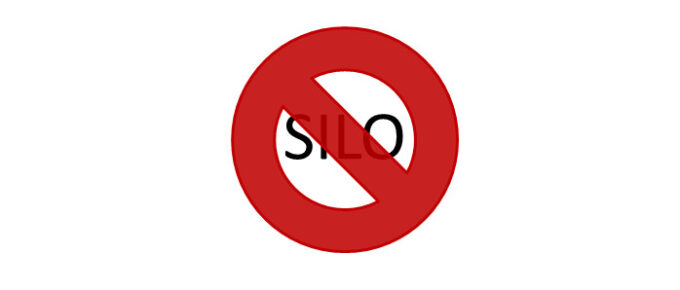For this post, I’d like to step back a moment. Instead of looking at the why’s and how’s of the methodology, I would like to instead consider one of the key benefits that Agile brings to both us as product creators and to our customers. What you might think of as the “Value” with a capital “V” of Agile. This is that it brings down the cost of change.
Why you still need Services when offering an Enterprise SaaS solution
Maybe I’m simplifying things to say that for the Enterprise, the biggest change that Software as a Service brings is a matter of technical delivery. In that I mean it removes the task to install and maintain the software itself. But I believe that even if you are offering a SaaS solution, the need remains to understand business flow and integration with other systems in the enterprise.
Can you quantify the value you provide customers?
how do we know if our Customers are realizing these benefits? Do our Customers know they are achieving these benefits? And more importantly – do our Customers agree that these are the key benefits they want from our offering? To answer these questions we need to make the Value Proposition more than just a marketing statement. We need to make it a living breathing part of the business.
Why Startups should worry about Brand second
Startups primary focus is customer acquisition. This happens by refining the customer persona, defining and branding positioning statement and responding to the customer buying cycle. You lean this by engaging with customers. Working on brand comes second.
Don’t want Marketing and Sales silos in your Startup? Don’t create silos in the first place.
A lot has changed over time in terms of company business organization. Traditionally Marketing was about lead generation and collateral production. Basically inputs to the sales process. Sales was all closing deals and achieving quotas. Marketing had the long view, trying to please all Customers. Sales had the short view, trying to service a specific Customer today. Marketing had indirect exposure to Customers. Sales owned direct relationships. The turf wars in existing companies grew naturally about these very different mandates and responsibilities. A real life “best of times and worst of times” saga.


